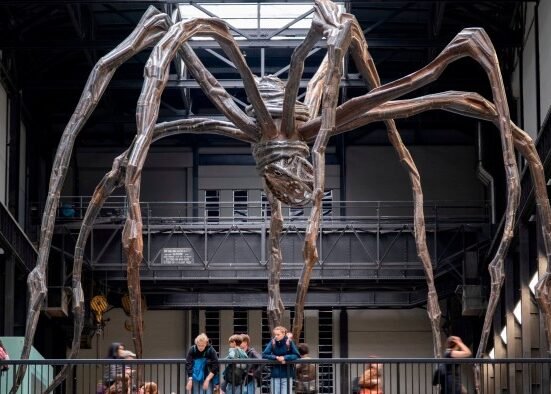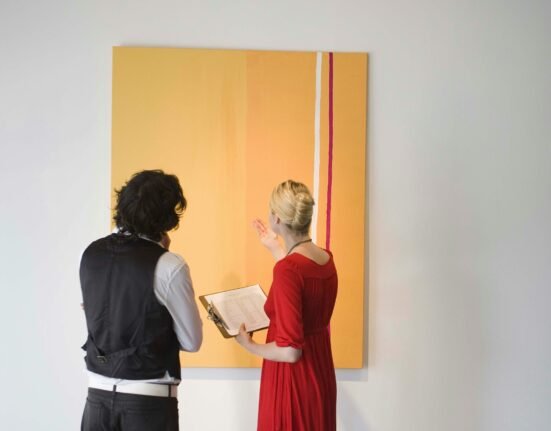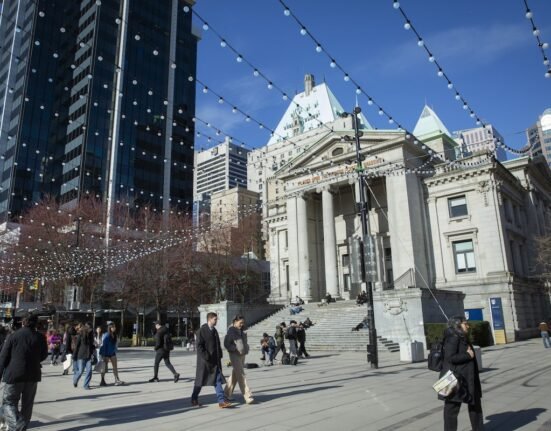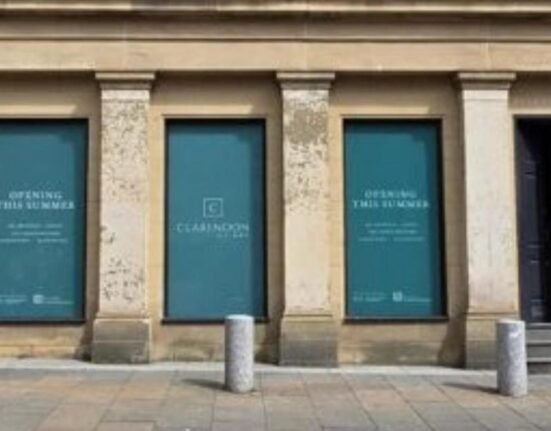We live in very different times, and one sign of the changed landscape is a general acceptance of art as a financial asset. The latest research from Deloitte and ArtTactic finds that 85% of wealth managers believe art and collectibles should be part of their client offering. In 2014, the equivalent survey found that just 53% were on board.
One question is, what exactly does it mean to be “part of a wealth management offering”? Essentially, this means that art should be treated in the same way as other assets. It can be protected—through estate planning, insurance and hedging strategies, for example, and enhanced, such as through regular valuations and keeping abreast of the available tax breaks that can benefit public institutions too. Increasingly, the belief is that art could be better monetised—such as through asset-backed loans, a booming area.
The reason for art’s growing status as an asset is simply because of the price levels at which it can now trade, making it a more meaningful part of a high net-worth individual’s portfolio. And there’s plenty of room to grow: Deloitte and ArtTactic estimated that wealth associated with art and collectibles amounted to $1.5bn of $191.6tn of their fortunes in 2020.
There has therefore been a surge in businesses that offer data, valuation and research, plus trading tools that build on such analytics. The auction houses, notably Sotheby’s, are beefing up their businesses in these areas, with obvious benefits to their auction supply chain. Clearly, these are targeting the highest echelons of the market, though recent hires such as Noah Horowitz from Art Basel, show a move towards lending to galleries and other art businesses, historically wary of tapping into credit markets. Sotheby’s owner Patrick Drahi has also borrowed heavily against its New Bond Street building in London, according to the Telegraph.
Meanwhile, Sotheby’s alumni Amy Cappellazzo, Yuki Terase and Adam Chinn have founded a new advisory business that promises its clients “creative financial services akin to a merchant bank”. Tokenised art, NFTs and other blockchain-backed schemes are feeding the frenzy. The relative transparency and rapid turnover of such sales adds to the data available, reducing asymmetries, improving liquidity and—so the theory goes—increasing the value of the art as new capital floods in.
To my mind, that’s still quite a leap of faith. At the blue-chip end of the market, there is a limited supply of good work, and the supply-to-demand ratio seems already to be stretched to its limit. In the more mass market promised by NFTs, collectibles and their ilk, logic would dictate that prices come down to more realistic levels. The volatility for such works, which are highly correlated to cryptocurrencies and therefore stock markets too, is still too risky—insurance companies are in “wait and see” mode. So their status as bankable assets remains unconvincing.
Such concerns also surround the highly speculative market for fresh, contemporary artists. There will be some lucky winners, but in my view this is still an insider’s market. There are still too many people in whose interest it is to keep information just to themselves and a select few. Art might be a better asset than people thought, but it is still a questionable investment.







